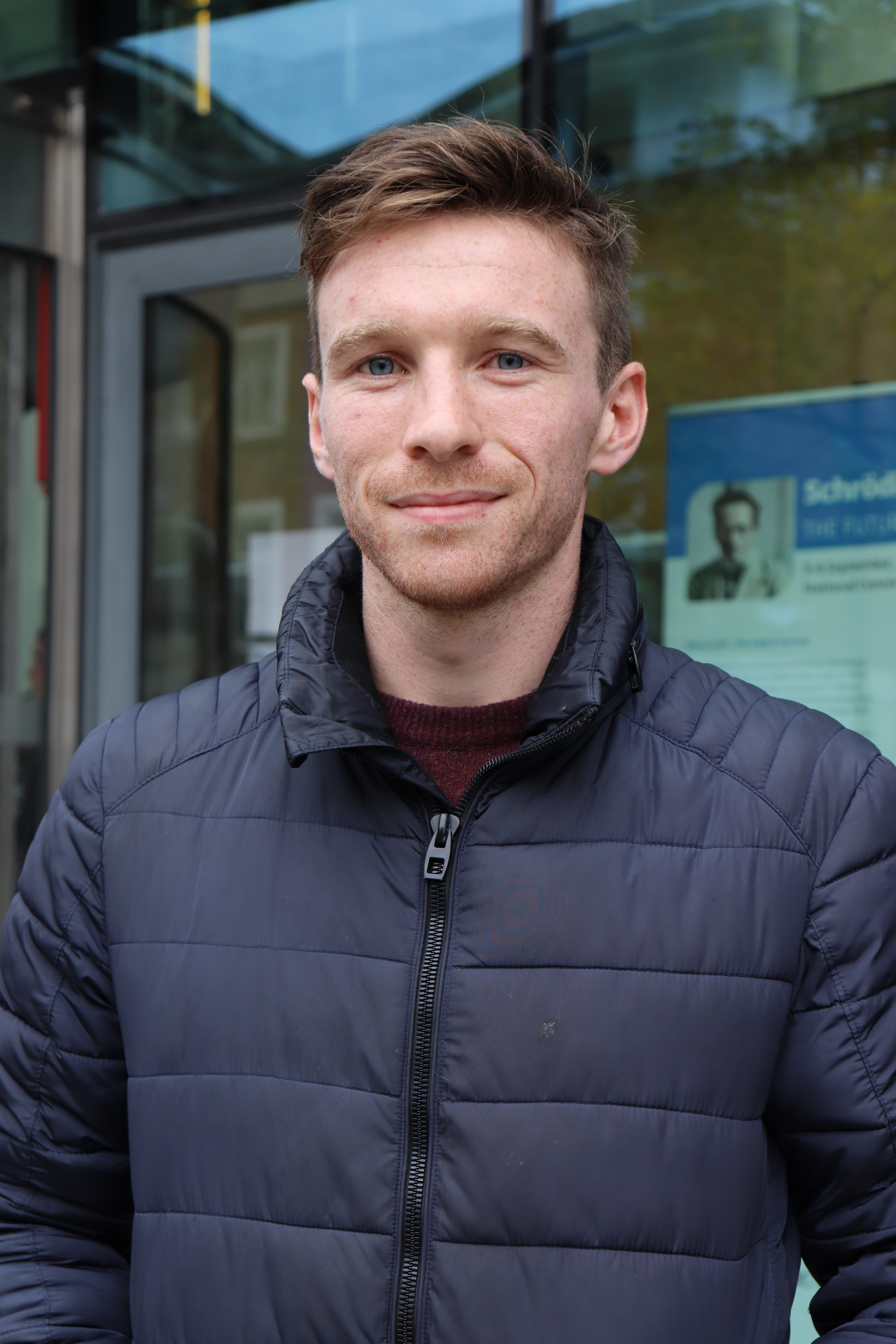Robert Gaul is in the midst of wrapping up his PhD at Trinity, for which he has already landed two major biomedical engineering awards. Earlier this year, Gaul received the Biomedical Research Medal for his work from Engineers Ireland, having been chosen from a shortlist of four PhDs deemed to be making the greatest contribution to biomedical research in Ireland. More recently in July, he won another prize, but this time at the World Congress of Biomechanics. He modestly admitted he probably wouldn’t have applied for the World Congress award, describing how he “gained confidence as time went on”.
Gaul’s research in the lab of Professor Caitríona Lally has focused on the structure of arteries and how the structure responds to change. He investigated the orientation of collagen fibres, a major protein component in arteries, and how changes in orientation might affect the structural strength and be implicated in disease in the arteries. Spending his first year building a machine called a Small Angle Light Scattering System (SALS), he was able to image the walls of arteries and find out the orientation of the collagen fibres. SALS had not previously been used for this kind of work, but it has yielded high quality evidence that shows collagen undergoing remodelling under mechanical stress in the arteries, for example with stenting, a common treatment for blockages in arteries.
“The breakdown of arterial structure is implicated in some of the most common deadly diseases in the world, including strokes and heart attacks.”
While the laser scanner cannot be used in living human beings, his results are fed into computer models and they create more accurate diagnostic tools. He also looked at how degradation of the arteries, similar to what happens in an aneurysm, can affect the strength of the arteries. He described a “positive feedback loop” or a vicious cycle where some degradation of the arteries leads to further degradation and so on. Gaul hopes that the detailed information about the structure of arteries that he and his colleagues have generated can help physicians make more accurate clinical decisions in the future, for instance in deciding if someone needs surgery or not. The breakdown of arterial structure is implicated in some of the most common deadly diseases in the world, including strokes and heart attacks. By learning about the structural components of arteries, Gaul hopes to inform disease models which could be used to improve clinical diagnostics.
“Gaul hopes that the detailed information about the structure of arteries he and colleagues have generated can help physicians make more accurate clinical decisions in the future, for instance in deciding if someone needs surgery or not. ”
Gaul comments that he really enjoyed the first year of hands-on machine building, but that his second year, when he started having to produce results from his machine, was tougher.
His research required a wide skills set – he used mechanical and electrical engineering knowledge to build his machine, physics to understand the lasers in SALS, biomedical knowledge to think about the structure and disease models of arteries, and computer programming to model his results with real-life scenarios. His work has even involved using a 3D printer and computer modelling programmes to build and print parts for the SALS machine. He has also managed to print a copy of his head by adding a 3D scanner into the mix – “I printed a bigger one after the prizes!”
Gaul admits that behind the two prizes he has received was a lot of hard work and regular trips to abattoirs to get pig blood vessels to study in the SALS laser machine. However, Gaul has still managed to find time to be involved in College football, including helping a scheme to bring schoolchildren from disadvantaged areas to play football in Trinity.
“Gaul admits that behind the two prizes he has received was a lot of hard work and regular trips to abattoirs to get pig blood vessels to study in the SALS laser machine.”
While he intends to leave academia for industry, there is no doubt that Gaul’s problem solving approach to biomedical engineering will continue to yield novel results and perhaps a few more awards.






